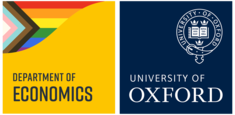I study the effect of industrial policies on industrial development by considering an important episode during the East Asian miracle: South Korea’s heavy and chemical industry (HCI) drive, 1973–1979. Based on newly assembled data, I use the introduction and termination of industrial policies to study their effects during and after the intervention period. I reveal that HCI policies promoted the expansion and dynamic comparative advantage of directly targeted industries. Using variation in exposure to policies through the input-output network, I demonstrate that the policy indirectly benefited downstream users of targeted intermediates. The benefits of HCI persisted even after the policy ended, and some results took time to materialize. The findings suggest that the temporary drive shifted Korean manufacturing into more advanced markets and supported durable change. This study helps clarify the lessons drawn from the East Asian growth miracle.


